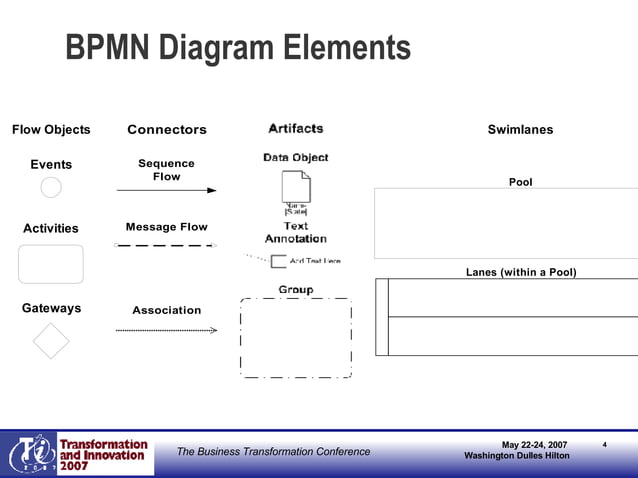

The diagram only captures the design of the process. We don’t know how the decision is made at "order approved?" or what happens at "log order approval" or "log order rejection" because the diagram does not say. Again we don’t know from the diagram what it will be. Depending on the decision we go down one of two paths, each of which involves an automated task (or "service task") where an operation will be carried out without user input. How it makes that decision is not specified here (we will come back to that). Then we have a user task (with a person symbol), meaning that the process will not move on until a person has provided input for "review order." The process then makes a decision on which path to go down in the "order approved?" gateway. The order process begins at "start order review" with a start node. The best way to understand BPMN is to look at a simple example: BPMN is a notation that can be used to express business logic. One of its key tools is the BPMN notation. What Is BPM?īPM is a discipline centered on the modeling, management, improvement, and automation of business processes. This article is a clear starting point for developers and architects and aims to address the preconceptions that they might have.

This tends to breed skepticism, especially among developers. There is a lot of confusion about technologies in the Business Process Management (BPM) space and much of the literature is not clear about whether its audience is implementers, developers, architects, or executives. In order to use technology to solve our problems, we need to know what a technology can do for us, and its core use cases.


 0 kommentar(er)
0 kommentar(er)
